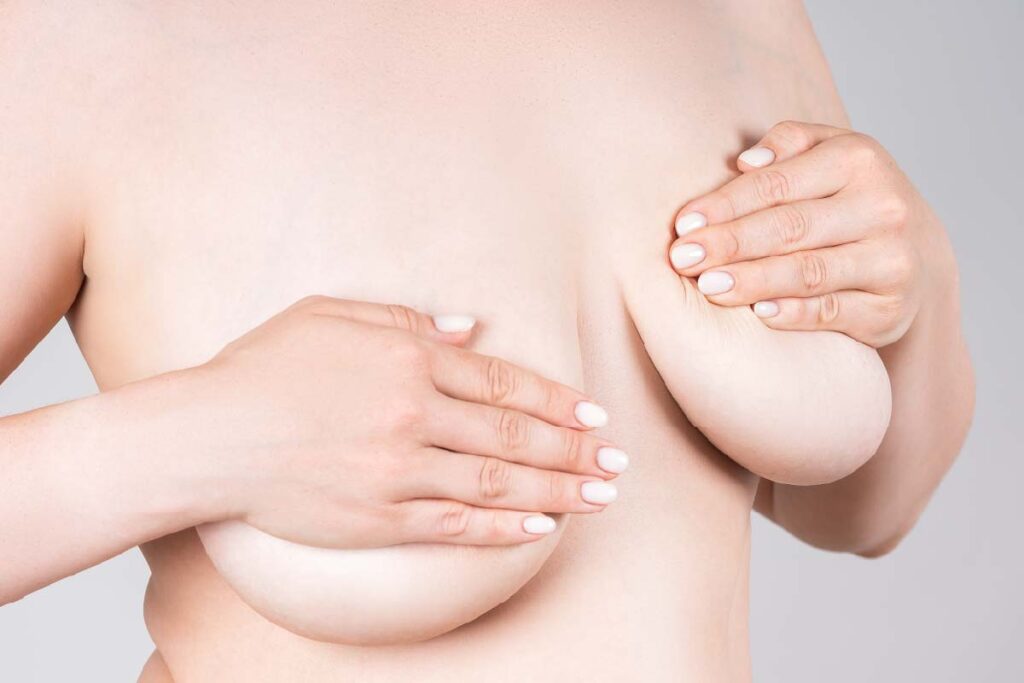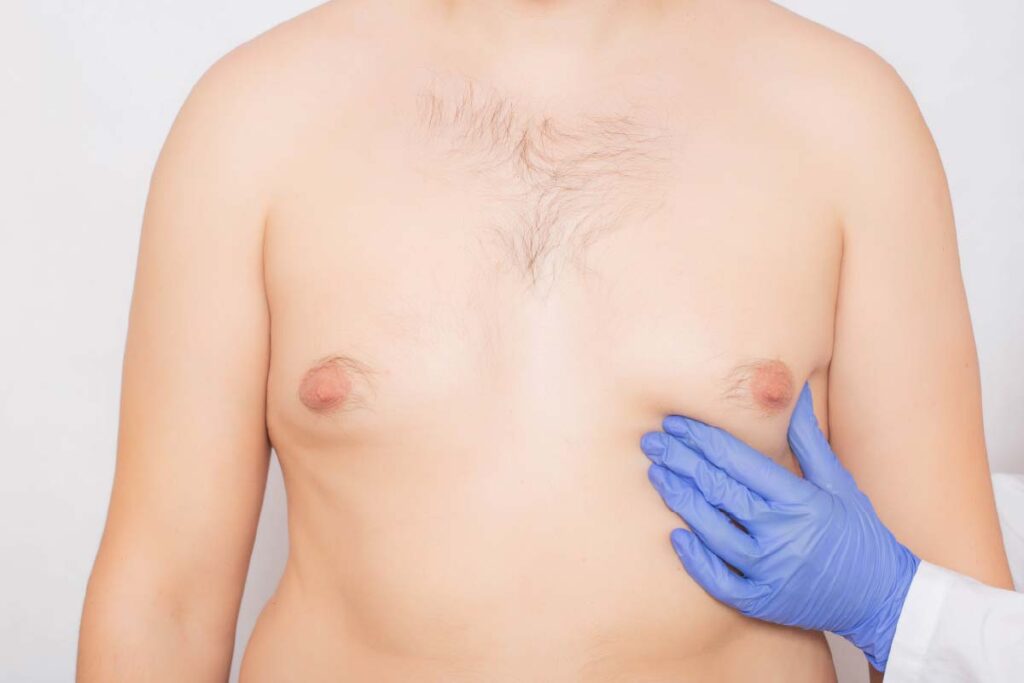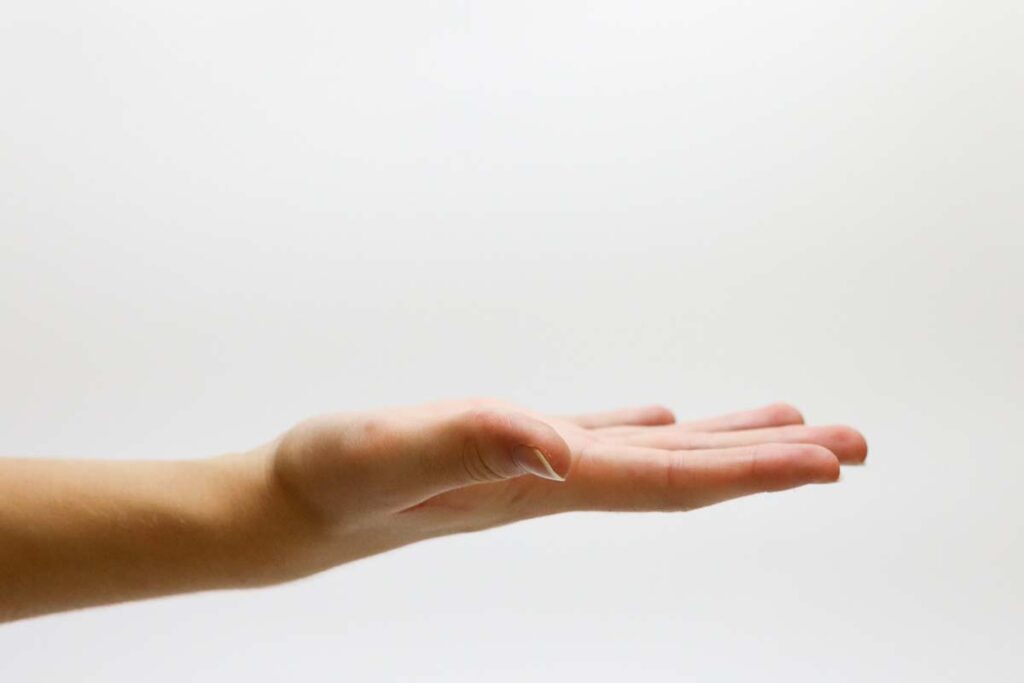A “lopsided vagina” usually refers to asymmetrical labia—most commonly the labia minora—rather than the vagina itself. Some asymmetry is perfectly normal. If the shape or size causes rubbing, pain, hygiene issues, recurrent infections, or self-consciousness, treatments such as labiaplasty can help. If you’re considering labiaplasty in Manchester book a consultation with our surgeons which include Manchester female plastic surgeons such as Miss Touil.
What does “lopsided vagina” actually mean?
People often use “vagina” to describe the entire external genital area, but medically:
-
Vulva = the external structures (labia majora and minora, clitoral hood, clitoris, vaginal opening, and perineum).
-
Vagina = the internal muscular canal.
When someone says their vagina is “lopsided,” they usually mean the labia minora are uneven—one side hangs lower, is thicker, or extends further than the other. Less commonly, asymmetry may involve the labia majora (outer lips) or the clitoral hood.
How common is labial asymmetry?
Extremely common. Just as ears or breasts aren’t perfectly identical, labial asymmetry is a normal anatomical variation. Mild differences rarely need any treatment unless they cause symptoms or bother you aesthetically.
Signs and symptoms that matter
Most asymmetry is harmless. However, you may wish to seek an expert opinion if you notice:
-
Rubbing or chafing with tight clothing or exercise (cycling, running, yoga).
-
Pulling or pain during intercourse, tampon use, or speculum exams.
-
Hygiene difficulties—trapping moisture or discharge, contributing to irritation.
-
Recurrent inflammation, fissures, or infections in the folds.
-
Functional concerns (e.g., labia getting caught in clothing).
-
Body-confidence issues affecting intimacy or quality of life.
If any of these apply, an experienced surgeon can help you weigh simple measures versus surgical options.
Why are labia sometimes uneven?
1) Natural development
Genitals, like other body parts, develop individually. Congenital asymmetry is the most common cause and is usually harmless.
2) Hormonal changes
Puberty, pregnancy, breastfeeding, perimenopause, and HRT/contraceptives can change skin elasticity and tissue volume, sometimes making asymmetry more noticeable.
3) Ageing
With age, oestrogen fluctuations can reduce collagen and fat padding, especially in the labia majora, altering shape and balance.
4) Mechanical factors
Sports (e.g., cycling, horse riding), tight clothing, or repetitive friction may contribute to thickening or elongation of one side over time.
5) Post-pregnancy and childbirth
Vaginal delivery may stretch or tear tissues asymmetrically. Healed tears, episiotomies, or scar tissue can subtly change labial contours.
6) Previous surgery or trauma
Past procedures (e.g., mole removal, cyst excision) or injuries can create differences in size and shape.
Red flags (seek assessment promptly): a new lump, rapidly enlarging swelling, persistent ulcer, bleeding, or asymmetry accompanied by severe pain or fever.
Self-care and non-surgical options
If you’re mildly bothered (but not in pain), try these first:
-
Gentle garment choices: choose soft, breathable underwear and avoid seams that dig in; consider looser leggings or shorts for sport.
-
Lubrication/barrier creams: a pea-sized amount of bland emollient on friction points can reduce chafing during exercise.
-
Smart hygiene: warm water rinses after exercise and gentle pat-dry; avoid harsh soaps.
-
Hair removal caution: waxing or shaving can irritate longer labia—trim with scissors or use gentle methods to reduce traction.
-
Pelvic floor and posture: improved pelvic floor function rarely changes labial shape, but can improve comfort, support and sexual confidence.
These measures can make a big difference for mild symptoms. If they’re not enough—and especially if you’re experiencing pain—surgical options may be appropriate.
When surgery may help
Labiaplasty is a tailored procedure to reshape the labia for comfort and confidence. It is not a one-size-fits-all operation. Your consultation should focus on your exact symptoms, your anatomy, and your desired outcome.
Common indications include:
-
Persistent chafing, pain, or tearing despite conservative measures
-
Functional issues (snagging in clothing or during sport)
-
Hygiene difficulties with recurrent irritation or infections
-
Aesthetic concerns significantly affecting wellbeing or intimacy
Procedures at a glance
-
Labiaplasty (labia minora reduction or symmetry correction):
-
Edge trim: reduces the outer edge; neat, precise; retains natural border if meticulously finished.
-
Wedge resection: removes a central wedge to preserve a scalloped edge; helps maintain natural colour/texture of the margin.
-
De-epithelialisation or composite techniques: used selectively to adjust thickness and length while protecting neurovascular supply.
-
Asymmetry correction: targeted reduction to the longer side, or staged adjustments if both sides need refinement.
-
-
Labia majora reshaping:
Options include liposuction (if bulky), fat transfer (if deflated), or skin tightening where indicated.
-
Perineoplasty or scar revision:
For childbirth-related asymmetry or tightness, scar revision or perineal repair may restore comfort and appearance.
What to expect: Consultation to recovery
Consultation
-
History & examination: symptoms, sports/wardrobe triggers, sexual function, childbirth history, prior surgery, and your goals.
-
Photography & planning: respectful, private, used for planning and (if you consent) pre-/post-comparison.
-
Technique selection: our surgeon will outline specific methods (trim vs wedge, hood reduction if needed), risks, scarring patterns, and expected symmetry.
-
Informed consent: a thorough discussion of alternatives and potential complications.
Anaesthesia options
-
Local anaesthetic with or without oral sedation for suitable cases.
-
General anaesthetic for combined procedures or patient preference.
The procedure
-
Typically 45-60 minutes, depending on complexity.
-
Dissolving sutures, meticulous haemostasis, and careful dressing to minimise swelling.
Recovery timeline (typical)
-
Days 1–3: swelling, tenderness, mild oozing; support underwear; cold packs (wrapped, short intervals).
-
Week 1: back to light, desk-based work; avoid tight clothing and long walks.
-
Weeks 2–3: most swelling settles; gentle mobility fine; still avoid cycling, running, stretching.
-
Weeks 4–6: resume exercise gradually; no intercourse or tampons until cleared (often ~6 weeks).
-
3–6 months: scars soften and mature; final shape refines further to 9–12 months.
Risks and how we minimise them
All surgery carries risk. For labiaplasty these include bleeding, infection, wound separation, asymmetry, contour irregularity, over/under-resection, altered sensation, and delayed healing. Choosing an experienced, CQC-regulated team and following aftercare instructions substantially reduce risks.
Results: function, comfort, confidence
Success is measured in comfort (less rubbing and pain), function (easier exercise, clothing, and sex), hygiene, and confidence. It’s reasonable to expect improved symmetry, but remember that perfect mirror-image sides do not exist in human anatomy. The aim is a natural-looking, balanced result that fits your body.
Labiaplasty in Manchester: why choose us?
At Deansgate Hospital located in Manchester city centre and our partner clinics in Cheshire, you’ll be treated by experienced, UK-trained plastic surgeons with a specialist interest in intimate aesthetics.
-
Bespoke planning: every operation is tailored to your anatomy and concerns.
-
Safety first: CQC-regulated theatre standards, robust consent, and evidence-based protocols.
-
Aesthetic nuance: precise, modern techniques (edge trim or wedge, as appropriate), with conservative, nerve-respecting tissue handling.
-
Discreet care: private consultation rooms, sensitive photography, and respectful communication.
-
Comprehensive aftercare: clear instructions, easy contact with the surgical team, and scheduled follow-ups.
Ready to talk? Book a confidential consultation for labiaplasty in Manchester to review your options, costs, and recovery plan.
Costs & financing
Costs vary depending on technique, anaesthesia, and whether additional procedures are performed. At consultation you’ll receive a fixed, transparent quotation that includes your aftercare. Finance options may be available for eligible patients.
Frequently asked questions
Is a lopsided vagina normal?
Yes—most people have some asymmetry. It’s only a concern if it causes physical symptoms or distress.
Will labiaplasty affect sensation or orgasms?
When performed carefully by an experienced surgeon, sensation is generally maintained. Techniques are designed to preserve neurovascular supply. Temporary numbness can occur and usually improves as healing progresses.
Can I fix asymmetry without surgery?
You can improve comfort with clothing, lubrication, and hygiene changes. However, shape or size change requires surgery.
Trim vs wedge: which is better?
Neither is “better” for all patients. Choice depends on your edge contour, pigmentation, amount of excess tissue, and whether you prefer to keep the natural border. Your surgeon will advise which option best fits your goals.
How long is recovery?
Most patients are comfortable for desk work in about a week, resume light exercise by 2–3 weeks, and return to full activity and intimacy by 6 weeks, with refinement over several months.
Can asymmetry return?
Tissues settle over months; minor differences are common. Significant late changes are unusual unless there is weight change, pregnancy, trauma, or hormonal shifts.
Practical tips before and after surgery
Before:
-
Stop smoking/vaping at least 4 weeks pre-op to reduce risks.
-
Avoid blood-thinning supplements/medications as advised.
-
Arrange time off work and help at home for the first few days.
-
Prepare loose underwear, sanitary pads, a peri-bottle for gentle rinsing, and simple analgesics if recommended.
After:
-
Rest, elevate, cool (short, wrapped cold compress intervals).
-
Keep the area clean and dry; pat rather than rub.
-
No baths, pools, sex, or tampons until cleared by your surgeon.
-
Report any heavy bleeding, fever, severe pain, or bad odour promptly.
Body image, confidence and intimacy
It’s normal to feel self-conscious about intimate areas—particularly when online images often show airbrushed, filtered results. Remember:
-
There is a wide range of normal.
-
Surgery is optional and should be for you, not for anyone else.
-
If anxiety or past experiences affect how you feel about your body, psychological support can be valuable alongside surgical care.
Labiaplasty Manchester: book a confidential consultation
If labial asymmetry is affecting your comfort or confidence, we can help. Speak with our team at Deansgate Hospital (Manchester) or our Cheshire clinic to explore labiaplasty and other options in a discreet, supportive setting.




